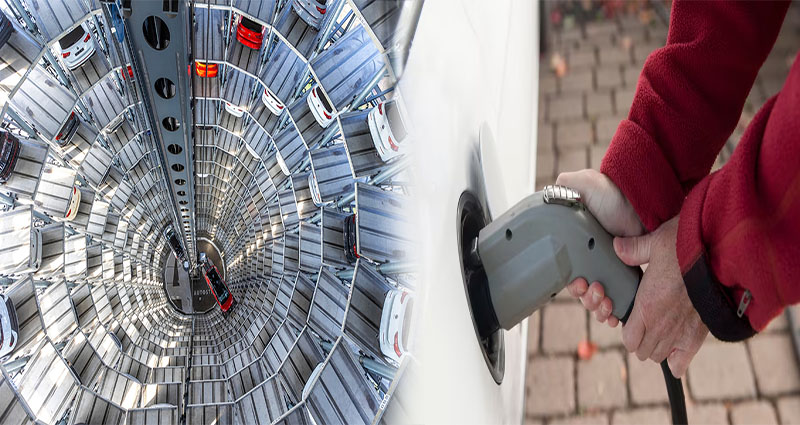As cities worldwide grapple with issues of pollution, congestion, and sustainability, the adoption of electric vehicles (EVs) has emerged as a promising solution to transform urban mobility. While EVs offer a cleaner and more sustainable alternative to traditional gasoline-powered vehicles, their widespread adoption also raises questions about their impact on urban infrastructure and the environment. Let’s delve into the environmental implications of electric vehicles on urban infrastructure and explore how cities can adapt to this evolving transportation landscape.
Reduced Emissions and Air Quality
One of the primary benefits of electric vehicles is their significant reduction in greenhouse gas emissions compared to internal combustion engine vehicles. By eliminating tailpipe emissions, EVs play a crucial role in improving urban air quality and reducing the harmful pollutants that contribute to respiratory illnesses and environmental degradation. This transition to electric mobility represents a vital step towards creating cleaner and healthier urban environments for residents.
Energy Demand and Infrastructure Planning
While the environmental advantages of EVs are clear, their widespread adoption poses challenges related to energy demand and infrastructure planning. The increased electricity consumption from charging EVs necessitates a careful assessment of the urban grid’s capacity to support this growing demand. Cities must invest in smart grid technology, renewable energy sources, and infrastructure upgrades to ensure a reliable and sustainable power supply for EV charging stations.
Impact on Transportation Networks
The shift towards electric vehicles also has implications for urban transportation networks and infrastructure. As more EVs enter city streets, planners and policymakers must consider the infrastructure needed to support charging infrastructure, battery recycling facilities, and vehicle maintenance services. Additionally, the integration of EV charging stations into existing urban infrastructure such as parking garages, curbside charging points, and public transit hubs will be essential to facilitate the seamless adoption of electric mobility.
Promoting Sustainable Mobility Solutions
To maximize the environmental benefits of electric vehicles on urban infrastructure, cities must adopt a holistic approach to sustainable mobility solutions. This includes promoting multimodal transportation options, incentivizing the use of electric vehicles through subsidies and tax incentives, and investing in public transportation and cycling infrastructure. By fostering a transportation ecosystem that prioritizes sustainable modes of travel, cities can reduce congestion, improve air quality, and enhance the overall quality of urban life.
The environmental impact of electric vehicles on urban infrastructure represents a complex and multifaceted issue that requires comprehensive planning and collaboration between stakeholders. While EVs offer a promising solution to reduce emissions and combat climate change, their integration into urban environments necessitates careful consideration of energy supply, infrastructure development, and sustainable transportation policies. By embracing the potential of electric mobility and implementing forward-thinking strategies, cities can create greener, more resilient urban landscapes that benefit both the environment and the quality of life for their residents.










